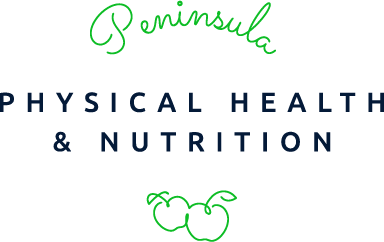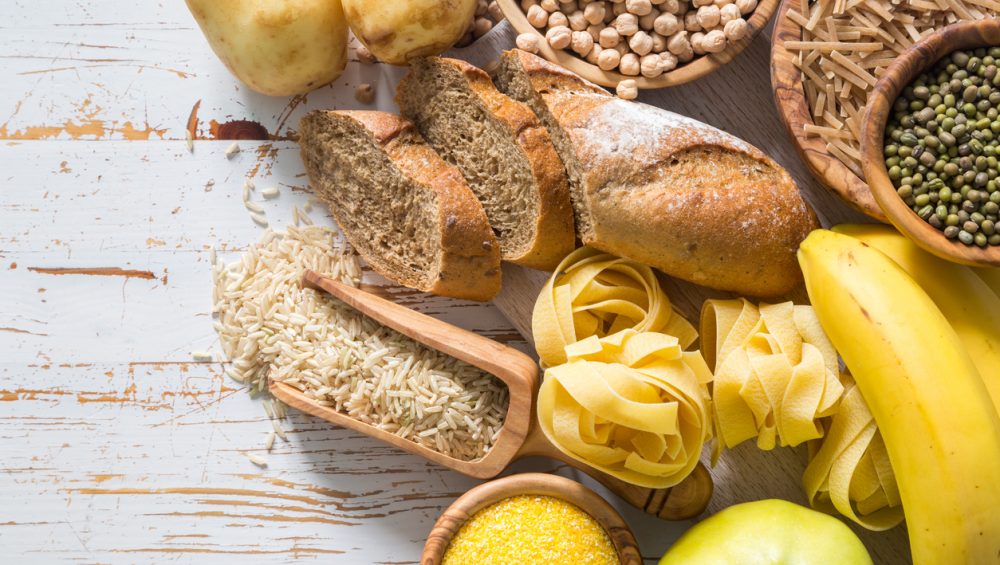Carbs, Grains and Quinoa… huh?
Its likely that you will have heard a lot in the media about reducing carbs in your diet, especially grains.
Carbohdyrates (aka ‘carbs’) are found in many healthy and wholesome foods including vegetables, fruit, dairy foods (yoghurt, milk, some cheeses), breads, rice, pasta, legumes/pulses (chickpeas, 4 bean mix, lentils) and smaller amounts in nuts and seeds. Carbs are often given a bad name when they are used to refer to high processed foods made from these products such as sugary breakfast cereals, cakes, buns and sweet beverages like juices and soft drink. Therefore, when considering which carbs to include in your diet, it important to think of the 5 food groups and how much of each food you need to meet your total daily nutrient and energy requirements.
- Dairy products include over 10 essential nutrients, particularly Calcium which is important for healthy bones, plus they are often a good source of protein and contain low GI (Glycaemic Index) carbohdyrates such as lactose.
- Vegetables and salads are generally reasonably low in Carbs, except for the well-known starchy carbs (eg; potato, sweet potato) and they also contain Dietary Fibre, natural Anti-Oxidants and Phytochemicals, Vitamins, minerals and they are mostly Low GI too.
- Fruit is best consumed in it whole-food form, rather than juiced given it contains more dietary fibre, and it is less energy dense as well as excludes added sugars, preservatives and concentrates. Plus its nutrient levels are highest when fresh rather than packaged.
- Meat, Fish and Poultry do not contain any carbs but they are important for protein, B Vitamins, Zinc, B12, Iron and Omega 3’s just to name a few of their nutritional benefits. Try to choose un-processed, leaner cuts of meat.
- Legumes and pulse include all forms of beans and peas of which there are literally 1000’s of varieties and pulses and the amount of carbs they contain vary although they are usually high in dietary fibre and low GI as well as many vitamins and minerals.
- Nuts and Seeds are predominantly fats, 40-60% compared to around 15-20% for protein and 15-20% carbs with the remaining content being undigestable dietary fibre. Nuts are low GI, contain significant essential fatty acids, dietary fibre and vitamins and minerals.
- Breads, cereals and grains encompass such a wide variety of foods so its important to choose the least refined versions of these that you can such as whole oats, quinoa, brown rice, amaranth, rye, barley and wheat. A clear and simple way to identify and choose better wholegrain foods is to look for statements on products such as ‘very high in wholegrains’ or ‘high in wholegrains’ rather than just ‘contains wholegrains’ as these statements refer to the percentage of wholegrains in a product.
So what is all the hype about Quinoa? Well unlike other common grains, Quinoa, belongs to a psuedo-cereal family along with Amaranth and Buckwheat. Quinoa originated in the Andes and was cultivated by the Inca people. Quinoa is low GI (53), high in protein (15%) and provides all essential amino acids including lysine, has a high ratio of protein to carbs, is high in dietary fibre, a source of many vitamins and mineral plus is relatively low in fat and is Gluten free.





